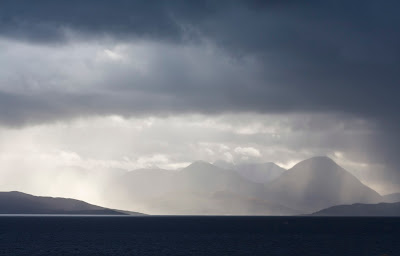Founded in Washington, MO, in 1982, over the years Romer Labs
became a leading provider of diagnostic solutions for the agricultural, food
and feed industry.
Today, Romer Labs offers a broad range of innovative diagnostic solutions covering mycotoxins, food pathogens, food allergens, gluten, GMO, veterinary drug residues, and other food contaminants.
Their portfolio includes:
ELISA test kits - AgraQuant®
Lateral flow devices - AgraStrip® and RapidChek®
Fluorometric tests - FluoroQuant®
Enzymatic tests - EnzymeFast®
Reference materials - Biopure™
Cleanup Columns - MycoSep®, MultiSep®, MycoSpin®, StarLine™
Sampling mills
Furthermore, they operate four accredited, full-service laboratories in Austria, UK, US and Singapore.
Using cutting-edge technology in the fields of chromatography and immunological analysis, their labs offer services for the analysis of mycotoxins, food allergens, meat speciation, VDR and GMO.
Romer Labs is at the forefront of diagnostic technology and they are constantly expanding their product and service portfolio to meet your continuously evolving demands.
The key objective at Romer Labs is to provide scientifically sound, high-quality products and an exceptional service, in line with their mission – Making the World’s Food Safer®.
Would you like to join them in making a mark for a better world?Today, Romer Labs offers a broad range of innovative diagnostic solutions covering mycotoxins, food pathogens, food allergens, gluten, GMO, veterinary drug residues, and other food contaminants.
Their portfolio includes:
ELISA test kits - AgraQuant®
Lateral flow devices - AgraStrip® and RapidChek®
Fluorometric tests - FluoroQuant®
Enzymatic tests - EnzymeFast®
Reference materials - Biopure™
Cleanup Columns - MycoSep®, MultiSep®, MycoSpin®, StarLine™
Sampling mills
Furthermore, they operate four accredited, full-service laboratories in Austria, UK, US and Singapore.
Using cutting-edge technology in the fields of chromatography and immunological analysis, their labs offer services for the analysis of mycotoxins, food allergens, meat speciation, VDR and GMO.
Romer Labs is at the forefront of diagnostic technology and they are constantly expanding their product and service portfolio to meet your continuously evolving demands.
The key objective at Romer Labs is to provide scientifically sound, high-quality products and an exceptional service, in line with their mission – Making the World’s Food Safer®.
Visit the website HERE.
The Aquaculturists
This blog is maintained by The Aquaculturists staff and is supported by the
magazine International Aquafeed which is published by Perendale Publishers Ltd
For additional daily news from aquaculture around the world: aquaculture-news





















